Pacific
Member
JC 1:400 F-GSTA Beluga No.1
The Airbus A300 first entered service in 1972. Initially, the large components of the A300 were transported by land from various European countries to Toulouse, France. However, the growing sales of the A300 soon made road transportation inadequate. After ruling out land and sea transport options, Airbus opted to use Boeing's Super Guppy cargo aircraft for component delivery. Nevertheless, Airbus was unsatisfied with this arrangement, partly due to the prevailing joke that "every Airbus plane is transported and built by Boeing." Consequently, in 1991, Airbus developed the A300-600ST "Beluga" cargo aircraft based on the A300 platform.
The Beluga's key advantage—locating the cargo door above the cockpit—enables "hot swapping," meaning cargo can be loaded or unloaded without disconnecting the aircraft's electrical and hydraulic systems.
JC's Beluga series models are renowned for their excellent movable parts, and the "first Beluga" subject is particularly popular. A trade-off of movable parts is the noticeable gap when the cargo door is closed—a currently unsolvable issue for 1:400 scale models. A prominent flaw of this specific model is its overly tall nose landing gear, which causes the fuselage to tilt backward. In other aspects, its quality is slightly better than JC's standard offerings.
The Airbus A300 first entered service in 1972. Initially, the large components of the A300 were transported by land from various European countries to Toulouse, France. However, the growing sales of the A300 soon made road transportation inadequate. After ruling out land and sea transport options, Airbus opted to use Boeing's Super Guppy cargo aircraft for component delivery. Nevertheless, Airbus was unsatisfied with this arrangement, partly due to the prevailing joke that "every Airbus plane is transported and built by Boeing." Consequently, in 1991, Airbus developed the A300-600ST "Beluga" cargo aircraft based on the A300 platform.
The Beluga's key advantage—locating the cargo door above the cockpit—enables "hot swapping," meaning cargo can be loaded or unloaded without disconnecting the aircraft's electrical and hydraulic systems.
JC's Beluga series models are renowned for their excellent movable parts, and the "first Beluga" subject is particularly popular. A trade-off of movable parts is the noticeable gap when the cargo door is closed—a currently unsolvable issue for 1:400 scale models. A prominent flaw of this specific model is its overly tall nose landing gear, which causes the fuselage to tilt backward. In other aspects, its quality is slightly better than JC's standard offerings.
Attachments
-
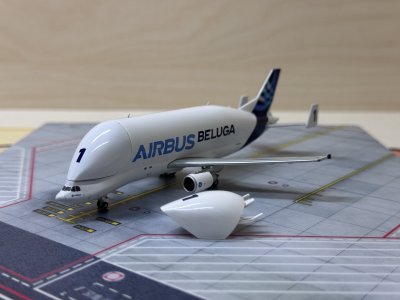 IMG_7858.jpeg1.9 MB · Views: 5
IMG_7858.jpeg1.9 MB · Views: 5 -
 IMG_7859.jpeg2 MB · Views: 6
IMG_7859.jpeg2 MB · Views: 6 -
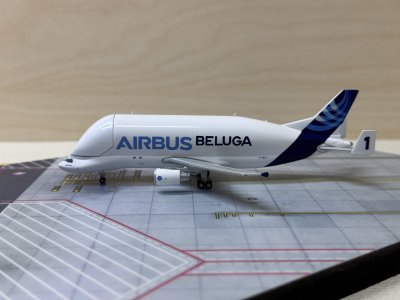 IMG_7860.jpeg1.9 MB · Views: 6
IMG_7860.jpeg1.9 MB · Views: 6 -
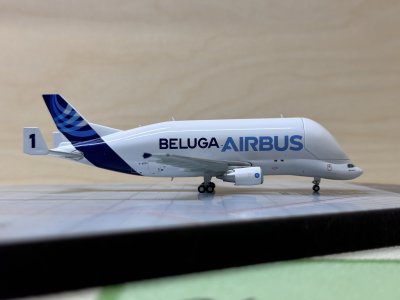 IMG_7862.jpeg1.2 MB · Views: 6
IMG_7862.jpeg1.2 MB · Views: 6 -
 IMG_7865.jpeg2.1 MB · Views: 7
IMG_7865.jpeg2.1 MB · Views: 7 -
 IMG_7866.jpeg2 MB · Views: 7
IMG_7866.jpeg2 MB · Views: 7 -
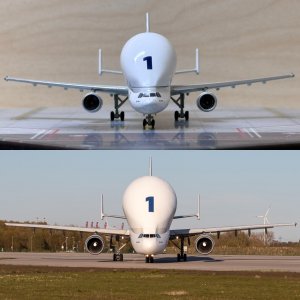 IMG_7867.jpeg1.9 MB · Views: 4
IMG_7867.jpeg1.9 MB · Views: 4 -
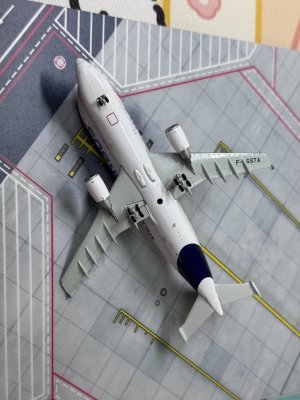 IMG_7868.jpeg1.6 MB · Views: 3
IMG_7868.jpeg1.6 MB · Views: 3 -
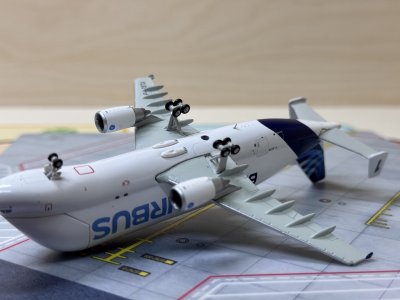 IMG_7869.jpeg2 MB · Views: 2
IMG_7869.jpeg2 MB · Views: 2 -
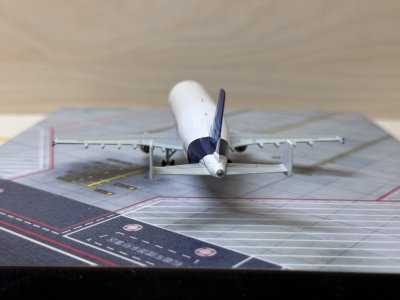 IMG_7870.jpeg1.9 MB · Views: 5
IMG_7870.jpeg1.9 MB · Views: 5